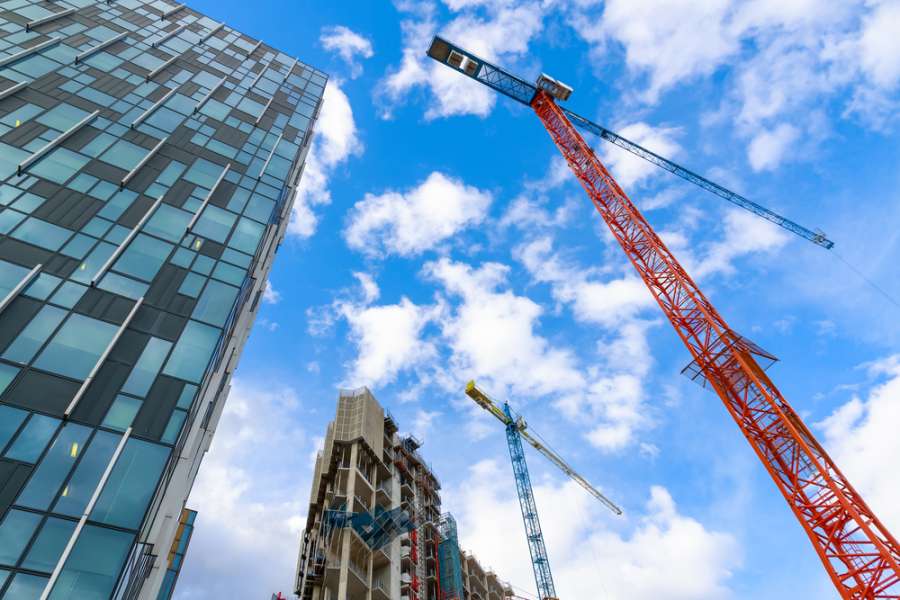The oversail licence will usually be entered into between the contractor and the landowner, although the developer may sometimes obtain the licence instead of the contractor. If the crane needs to oversail public highways, a licence will also need to be entered into with the highway authority. If the land being oversailed is let to a tenant, the lease's terms must be reviewed to determine whether permission to oversail must also be sought from the tenant if the tenant's demise includes the airspace above the property.
If no oversail licence is put in place and the jib of the crane oversails a neighbour's land, this will often amount to a trespass because the jib will be invading the airspace belonging to that neighbour. Trespass is actionable by the person in possession of the land who can claim damages or an injunction, or both.
A landowner or tenant should not attempt to hold the contractor or developer to ransom when approached for permission to oversail their land. Case law shows that the courts have looked unfavourably upon landowners and tenants in such circumstances and are likely to permit the works to be completed without any fee being paid to the landowner or the tenant.
In the case of Woollerton & Wilson v Richard Costain Ltd [1970], a court granted landowners an injunction to stop a crane from oversailing their land but suspended the injunction because the contractor had offered £250 for a crane oversail licence and to insure against any damage it might cause, which the landowners had refused.


